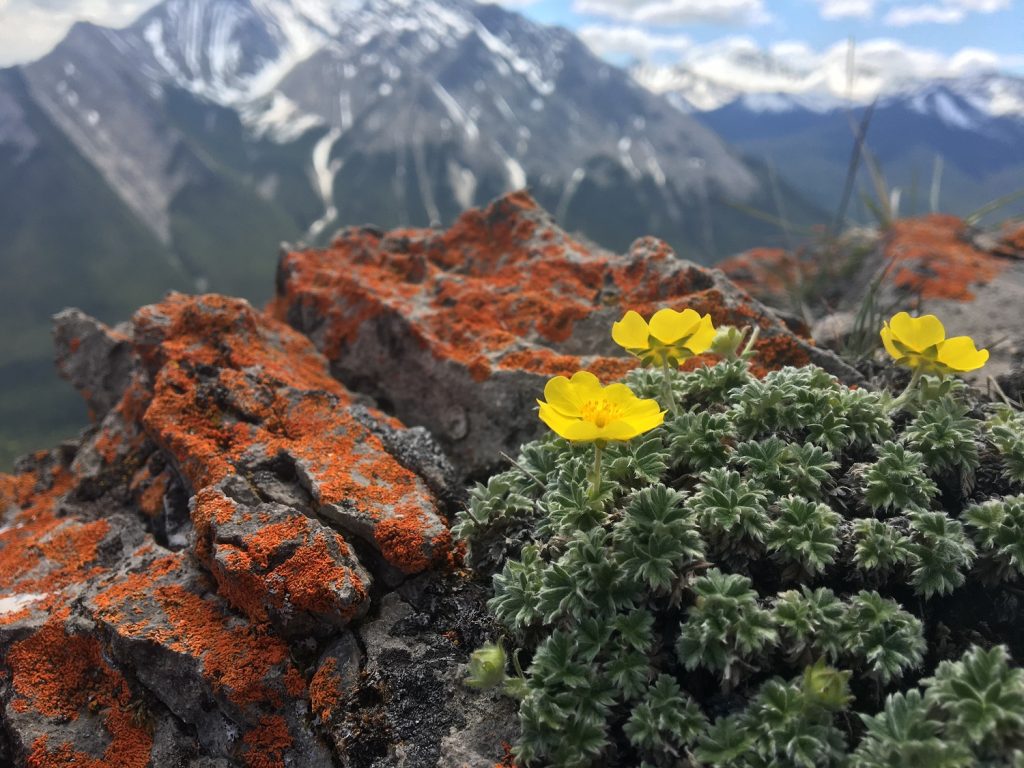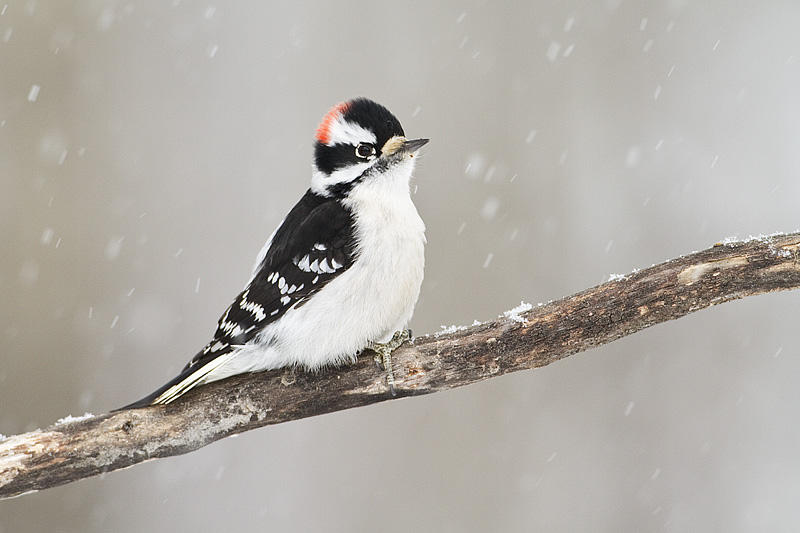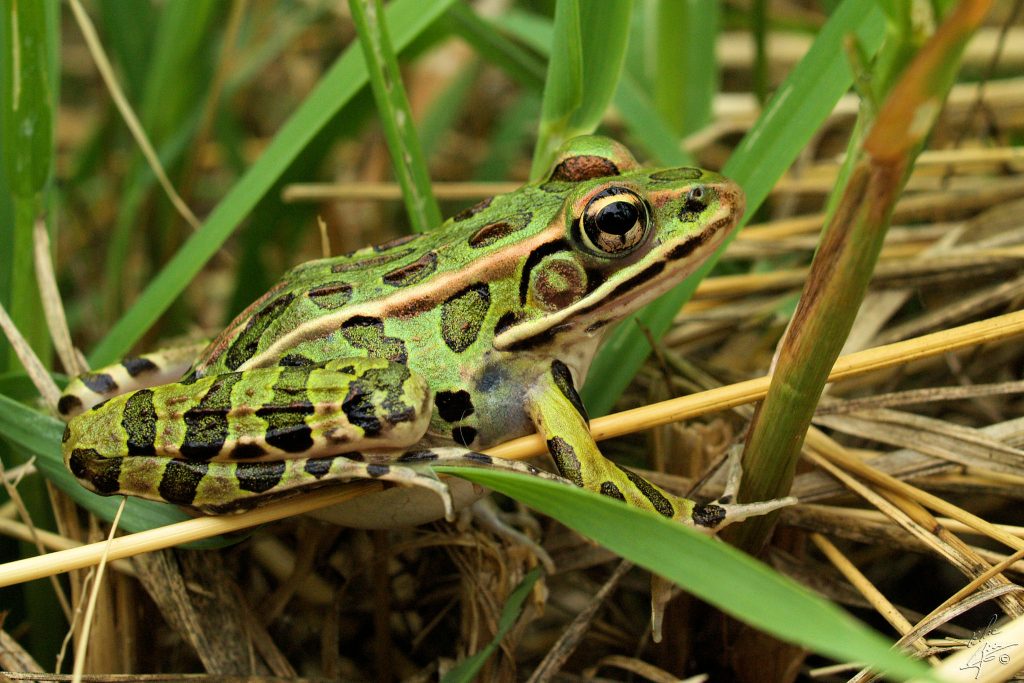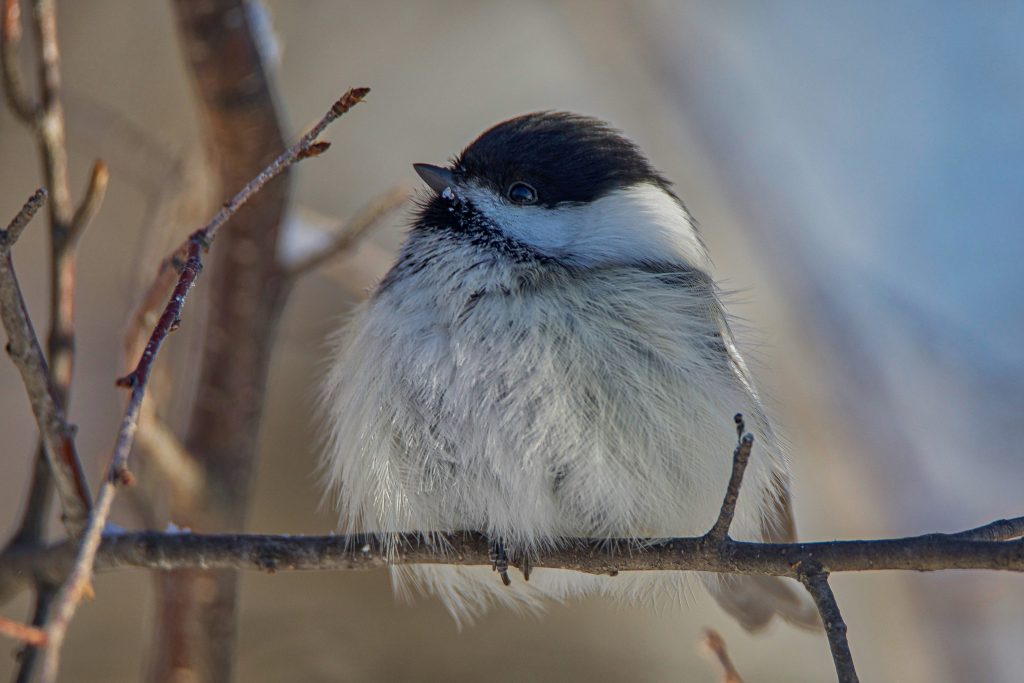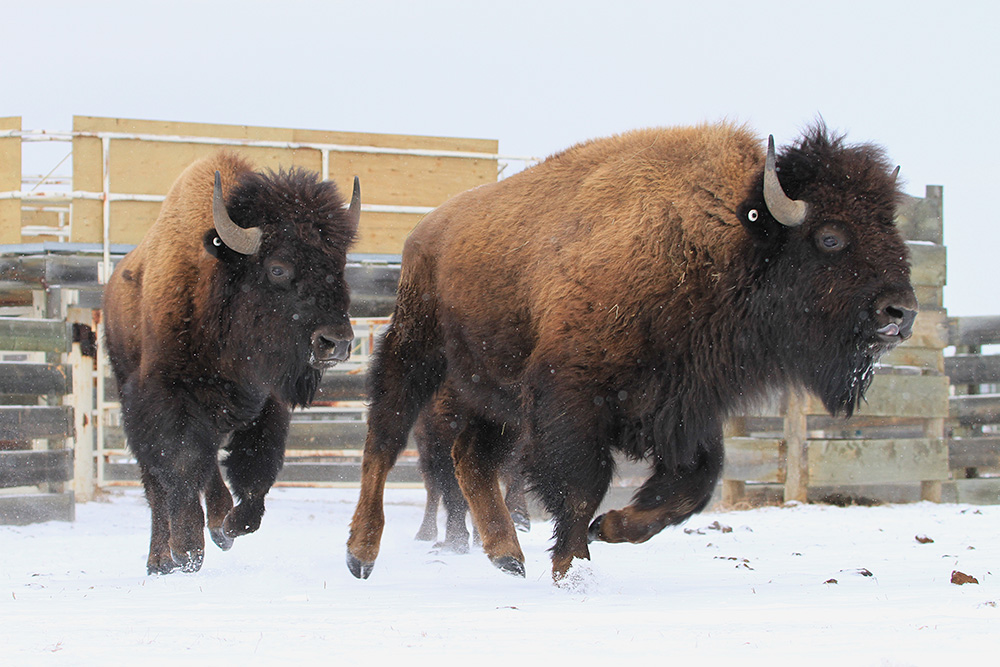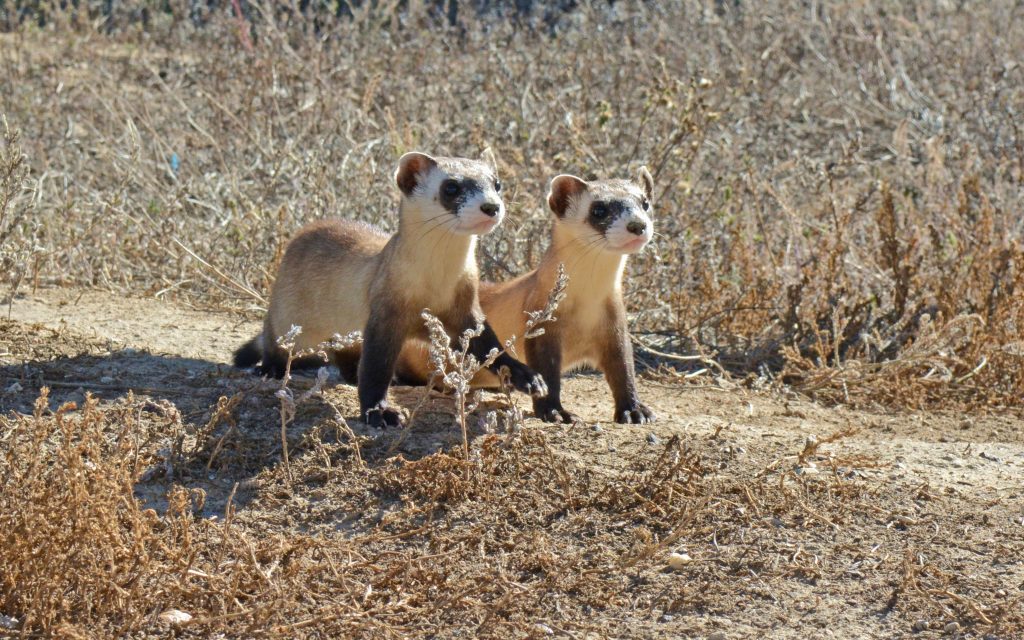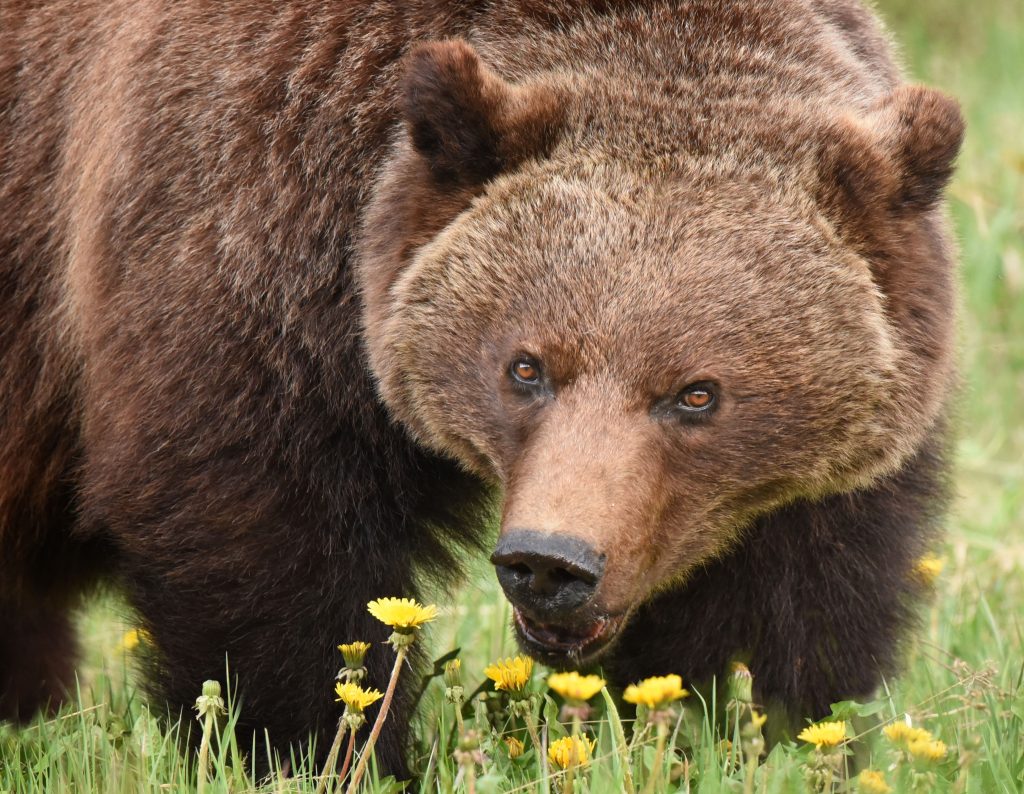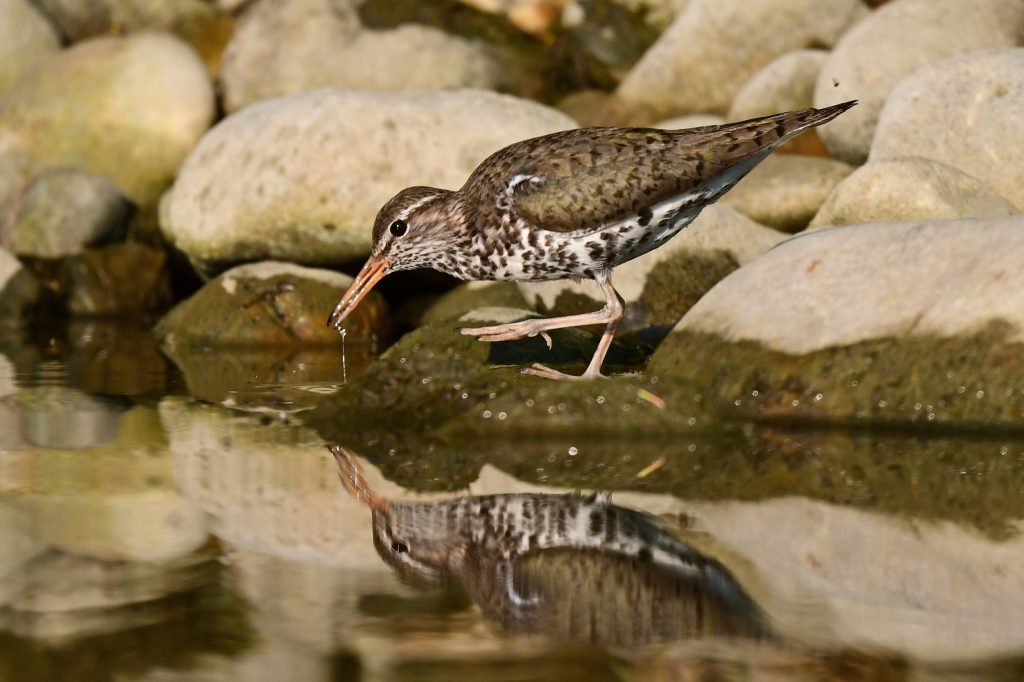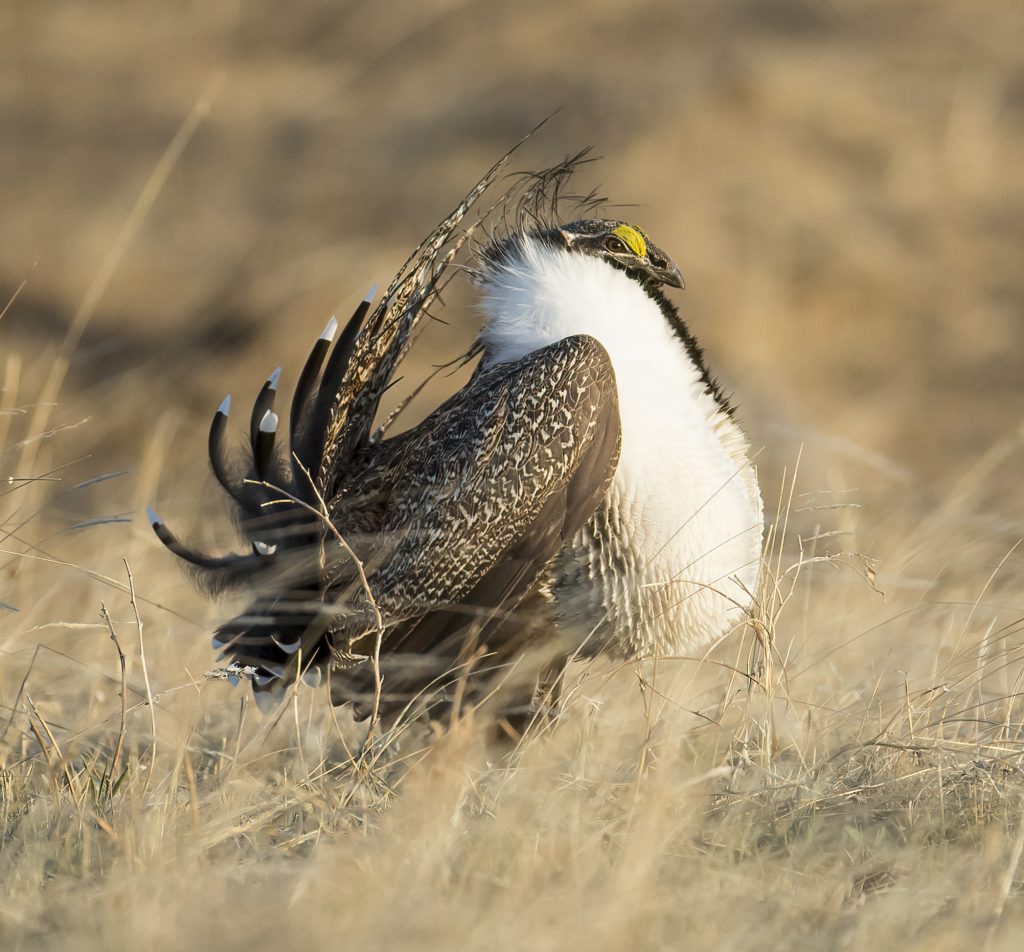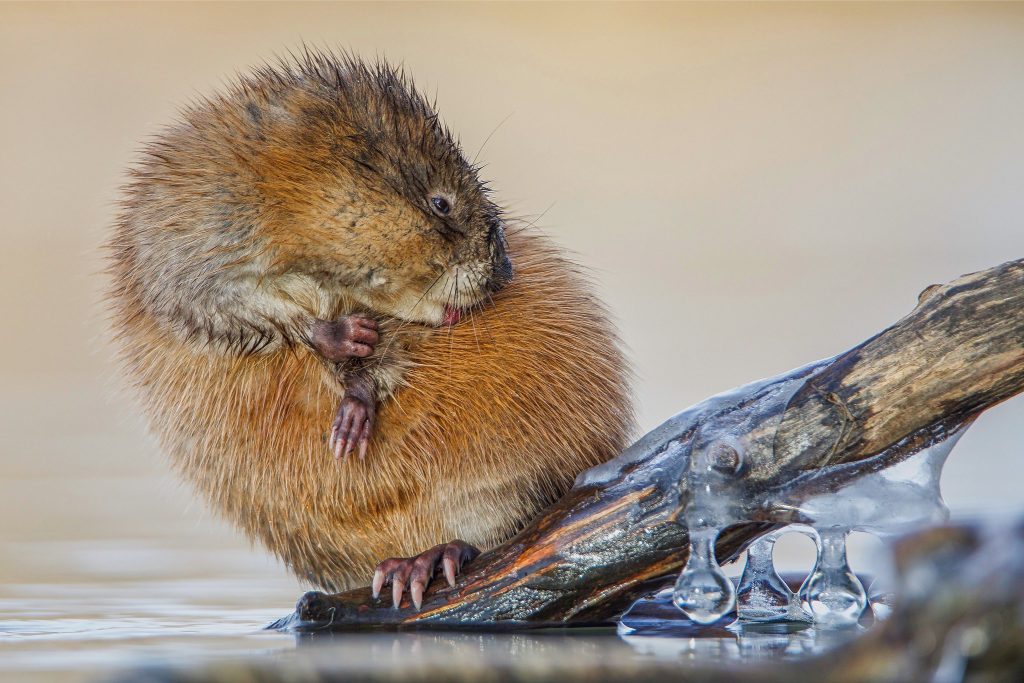Featured Species
On the Trail of Disjunct Alpine Plants from Alberta to Ontario
BY ASHLEY HILLMAN
It’s Day 4 on the trail. It’s humid, hot, and did I mention humid? Our packs are impossibly heavy with food, camping gear, and sampling equipment. I wish there was someone else to blame for deciding to mix backpacking with field sampling, but unfortunately it was my idea. I have already cut myself on a rock and slipped into the frigid waters of Lake Superior as we struggle down the coastal hiking trail of Pukaskwa National Park. But all this suffering has rewarded us with just what we were looking for: plants!
Read MoreWatching Winter Woodpeckers
Black-capped chickadees are certainly our most common winter feeder visitors, but downy woodpeckers are often a close second. Both downies and their larger cousins, hairy woodpeckers, are year-round residents in our winter forests.
Read MoreWhat Happened to the Northern Leopard Frog?
BY LAURA SOUTHWELL
The northern leopard frog is an iconic amphibian, likely the very image that comes to mind when you hear the word “frog.” This once ubiquitous resident of prairie wetlands has faced an ongoing struggle against a changing and increasingly human-centric environment.
Weathering Winter with Chickadees
Alberta is home to four chickadee species. Black-capped chickadees are the most common and widespread. They are found across the entire province and are not only the easiest bird species to attract to backyard bird feeders, but also hold the distinction of being Canada’s most common feeder species. Their small size, cheery countenance, and remarkable hardiness endear them to their human neighbours.
Read MoreWhen Bison Fly
BY WES OLSON
Wes Olson worked as a National Park Warden for Parks Canada for over three decades, and … had the rare opportunity to see bison fly — albeit by airplane and helicopter.
The Case of the Missing Prairie Bandit
BY ARYA HORON
One hundred years ago, the prairie bandit was abundant across North America grasslands. By 1979, scientists believed it was extinct. This led to the question: where did the prairie bandit go?
Read MoreBear Tracks
BY COLLEEN CASSADY ST. CLAIR
How can we protect grizzly bears from trains in the mountain parks?
Read MoreSpotting Spotted Sandpipers
BY MYRNA PEARMAN
As I approached the west shoreline, I noticed a pair of spotted sandpipers bobbing along a small stretch of beach. As I paddled closer, two little fluffballs suddenly materialized!
Read MoreDancing Without a Stage – The State of the Greater Sage-Grouse
BY TIMOTHY SHAPKA
As of 2020, the Alberta population of greater sage-grouse was estimated to be 72 individuals — down from the thousands that were present when we started keeping track in 1968. Timothy Shapka reviews the causes of the decline and what is being done to recover the species.
Read MoreMuskrats Up Close
BY TONY LEPRIEUR
Muskrats are plenty interesting swimming in the water, but it’s when they come out of the water that their personality shines.
Read More
